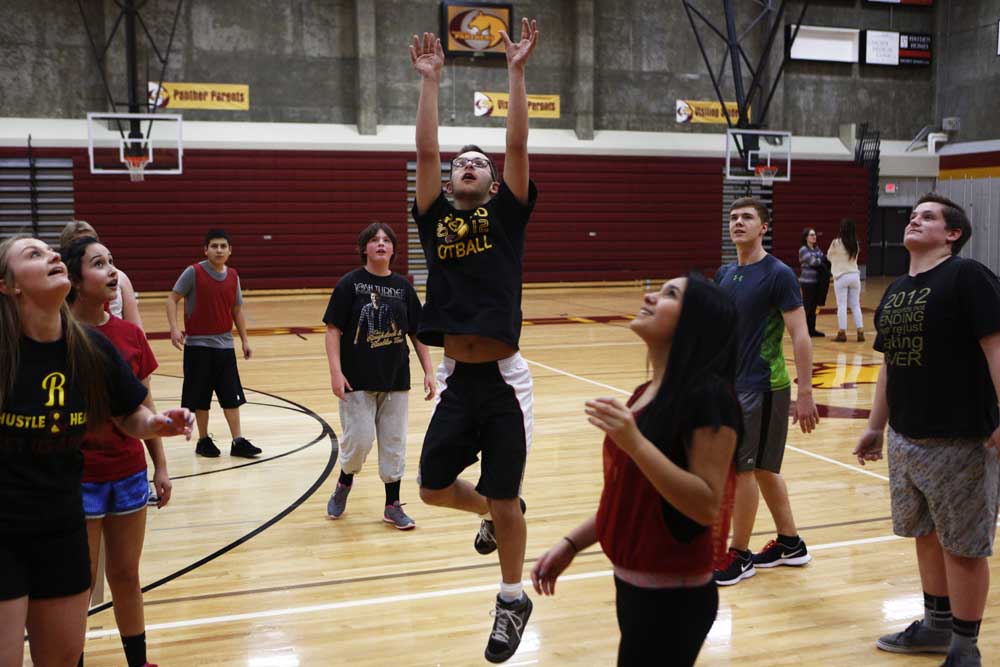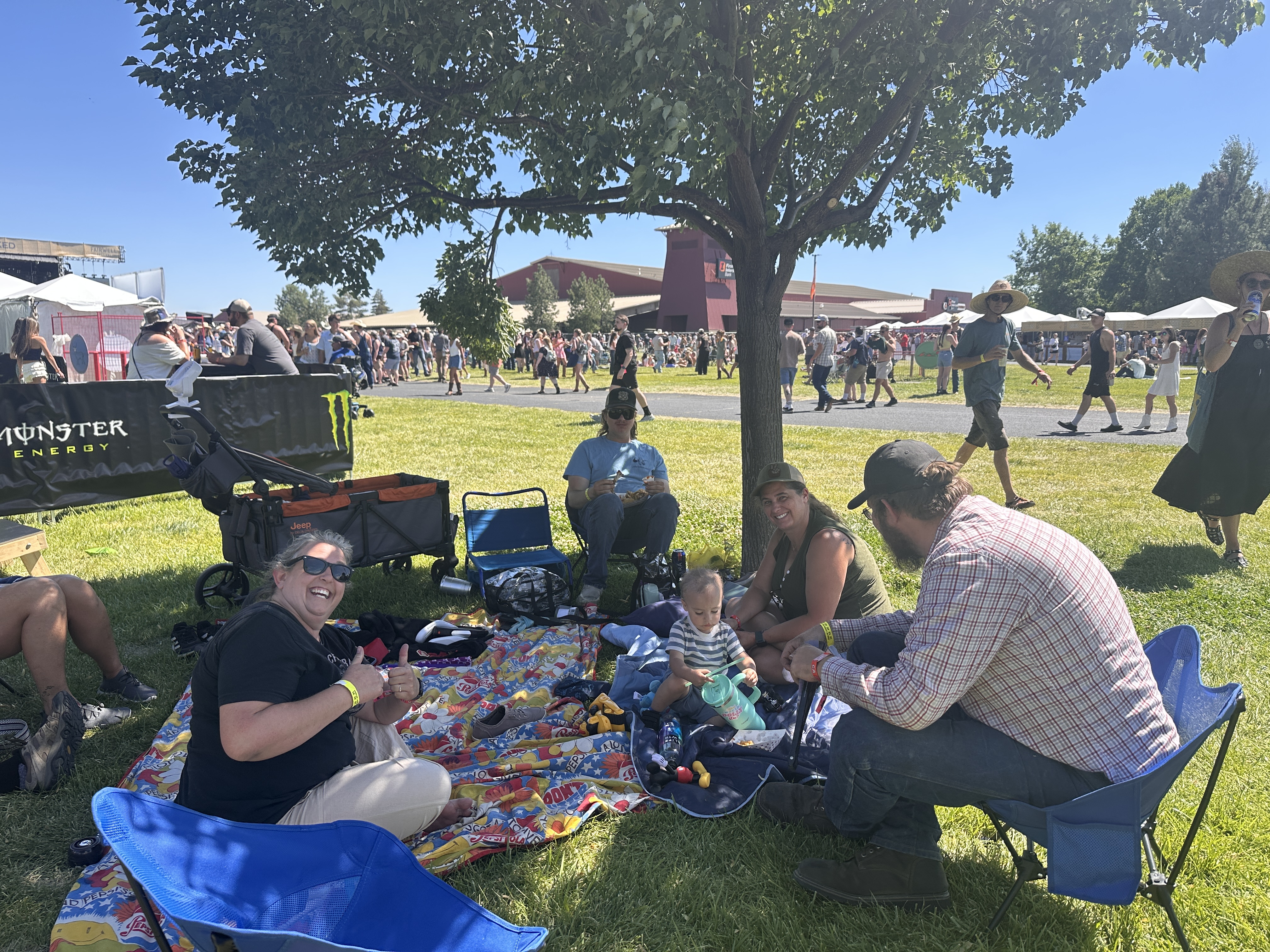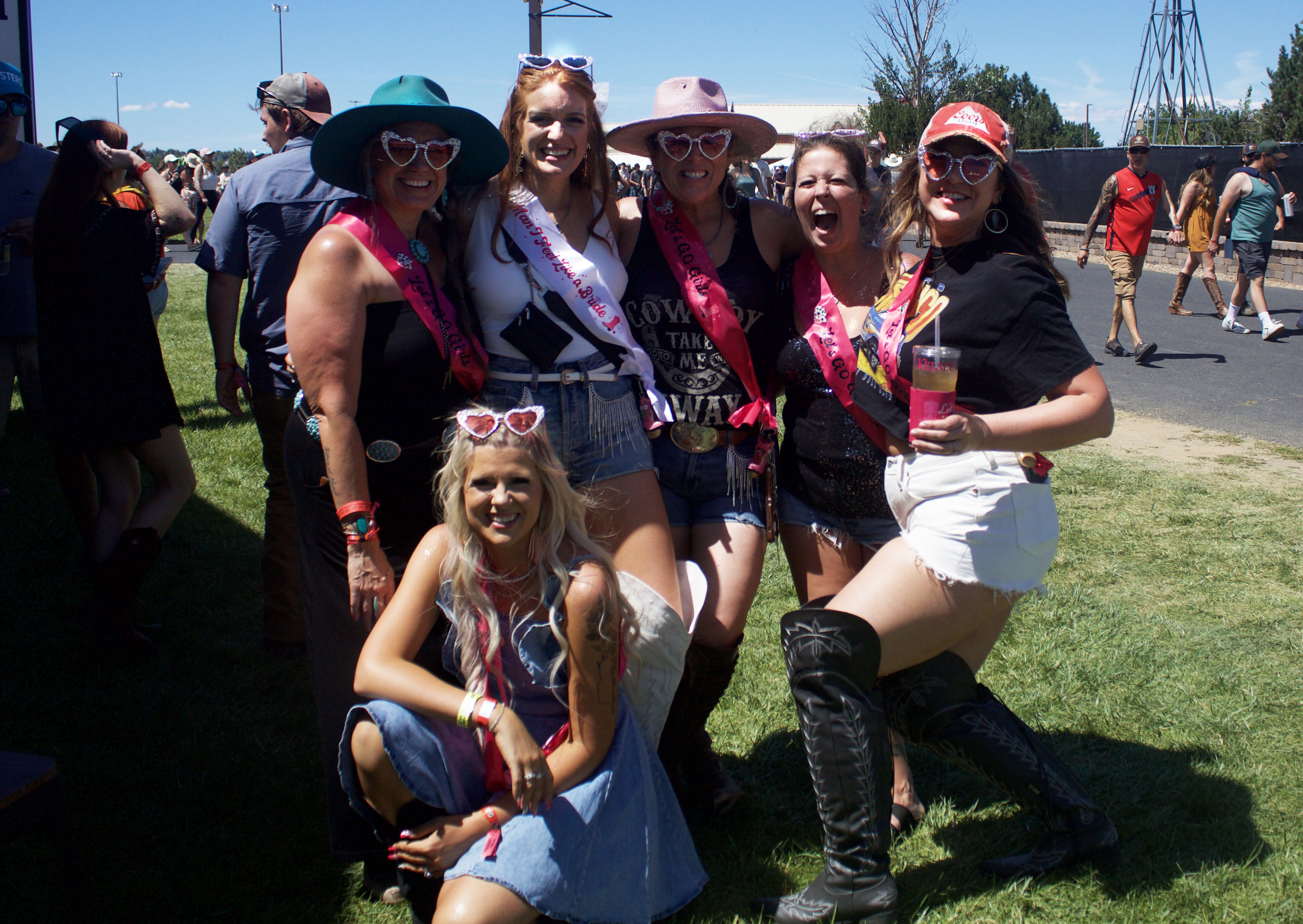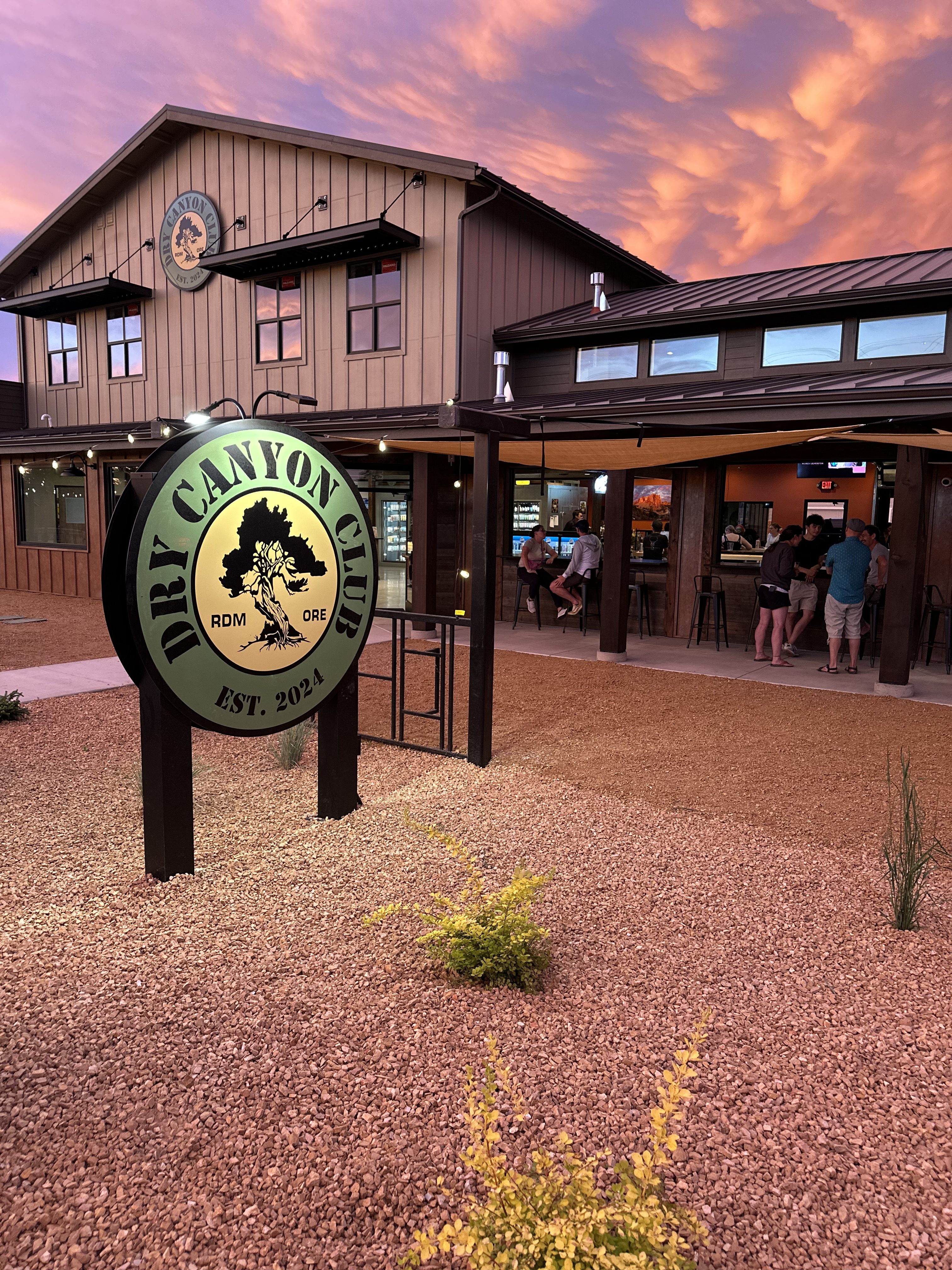Physical education class good for more than being active
Published 12:00 am Wednesday, January 13, 2016

- Michael McManus shoots and makes a basket in a basketball game during Amy Nickell’s adapted physical education class at Redmond High School.
Energy ricocheted off the walls inside Redmond High School’s gymnasium, part excitement and part basketballs bouncing on the floor.
Trending
Onlookers cheered the competitors as they jockeyed for position on the court. Each successful shot stopped the game cold so proper congratulations could be made.
What happens in the gym during the school day’s fifth period encompasses far more than mile runs or lifting weights could ever impart on the average teenager.
The adapted physical education program has been a staple of the Redmond High School curriculum for nearly a decade. Amy Nickell began teaching gym and health classes at the school in 2002. She quickly realized there was an area of concern in need of redress.
Trending
“We’d have kids with special needs in the class, and even with their adult assistants helping them, it was a struggle,” Nickell said. “I had this idea for a while that I wanted them to be able to participate more and with their peers.”
Special education teacher Susie Foster leans against the back of the bleachers dividing the two courts in the Redmond gym. The basketball teams consist of special education students in the Independent Living Skills program and their student mentors. Although fifth period is Foster’s prep time, she sometimes wanders down to watch and is always struck by what she sees.
“I see kids who might not otherwise realize they have friends in the school,” Foster says as one of her ILS students sprints over to say hi and get a high-five.
“Everyone is playing together, having fun and becoming really engaged in their new friendships. My kids know they have allies outside of the gym.”
To create the course, Nickell worked with her peers in the Bend-La Pine Schools district and the Willamette Valley to craft a curriculum that followed the state standards for physical education but functioned at a pace and level those with disabilities could keep up with.
It took a lot of trial and error to make adapted physical education work, but Nickell eventually had it humming along. In 2009, the Redmond School District asked her to teach it districtwide. So she travels to each of the elementary schools during the week to run 50-minute sessions and also leads the flagship class at Redmond or Ridgeview high schools each trimester.
Nickell’s job is much more hands-off at the high school level because the mentors bring strong leadership to the group. And mentoring is an experience many students are seeking. The adapted physical education program is one of the hardest classes to get into at the school; Foster estimates 75 percent of potential mentors on average are turned away.
Most ILS students are matched with one guide for the trimester. Sometimes the two instructors have to take a chance when determining pairings, but others such as junior Hunter Trueax and freshman Michael McManus come naturally.
“Michael related to me better than anyone else from day one,” Trueax said. Michael stood next to him, nodding. His Redmond Panthers T-shirt rippled on his thin frame as he twitched, waiting to get back in the game. “He’s more open with me than maybe he would be with an adult.”
Trueax does his best to get his new buddy a basket once they check back in, grabbing rebounds and directing McManus to open spots on the court. Standing about 6 feet and fit, he could dominate if he just wanted to win or show off. Most of the mentors probably could, but they aren’t there to boost their own self-esteem.
“Our main task is to help them out and make sure they’re moving and learning to the best of their abilities,” senior Hailey Burress said. “It’s a great experience and a reminder to be grateful for what I have.”
Nickell agrees with Trueax in that part of what makes the class work so well for everyone is how the instruction comes via peer-to-peer interaction. After the students warm up with a quick cardio circuit around the gym and she quizzes the group on how to check one’s heart rate and names of muscle groups, she’s mostly out of the fray.
The amount of daily interaction that results between the ILS and able-bodied students lends itself well to life outside of the hour spent in the gym. Nickell and Foster see them intermingling at sporting events and in the common area during free periods.
Adapted physical education has changed the overall climate of the school. It’s not that students made an effort to discriminate against or ostracize disabled students before the class existed. Rather, it serves as an introduction for people who have more in common than they might think.
“People are more willing to interact with kids from the ILS program if they see them hanging out with friends from our class,” Nickell said. “There’s a sense of understanding that carries a lot of weight outside these walls.”
— Reporter: wrubin@bendbulletin.com








